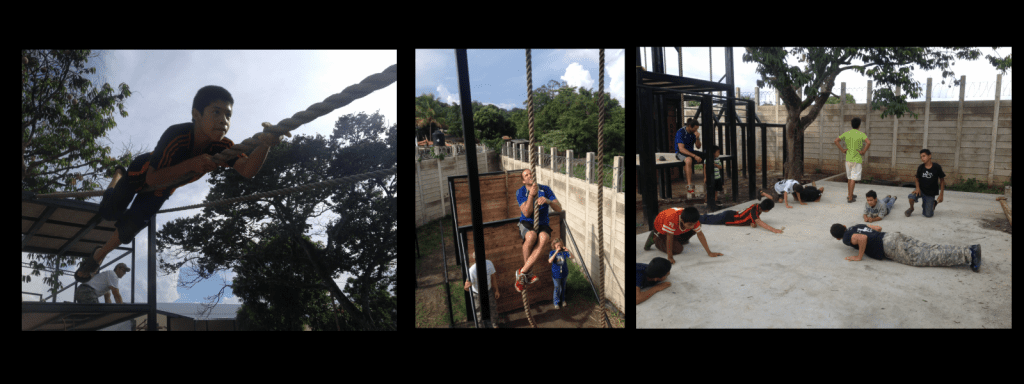Introduction
In today’s fast-paced, highly connected world, young people are constantly bombarded with messages and images that can distort their perception of self-worth. The pressures of academic excellence, social media, peer pressure, and societal expectations have significantly contributed to a rise in mental health issues such as depression, anxiety, and stress-related disorders. To combat these issues, it is crucial to address the stigma surrounding mental health, promote self-care practices, and provide accessible mental health resources. This article delves into a specific approach to developing a healthy self-image by practicing self-care routines that promote both physical and mental well-being.
Emotional Health Goal: “I will journal my thoughts and feelings every evening before bed.”
Step 3: Develop a Physical Self-Care Routine
Physical self-care involves activities that improve physical health. This includes exercise, nutrition, sleep, and regular medical care. Here are some specific techniques:
Understanding Self-Image
Self-image is the mental picture one has of oneself, encompassing beliefs about physical appearance, abilities, and overall worth. A healthy self-image means having a balanced and realistic view of oneself, acknowledging strengths and weaknesses, and maintaining self-respect and confidence.
However, factors like social media, societal expectations, and peer pressure can lead to a distorted self-image. Social media, in particular, often showcases idealized versions of life, making it easy for young people to compare themselves unfavorably and feel inadequate. This constant comparison can lead to negative self-perception and a range of mental health issues.
The Importance of Self-Care
Self-care is the practice of taking an active role in protecting one’s own well-being and happiness, particularly during periods of stress. It involves activities and practices that we engage in on a regular basis to reduce stress and maintain and enhance our short- and long-term health and well-being. Self-care is crucial for maintaining a healthy self-image as it promotes both physical and mental health, helping individuals cope with stressors and build resilience.
Technique: Implementing a Holistic Self-Care Routine
Implementing a holistic self-care routine involves integrating practices that address both physical and mental well-being. Here’s a step-by-step guide to creating and maintaining such a routine:
Step 1: Assess Your Current Lifestyle
Before making any changes, it’s essential to assess your current lifestyle. Reflect on your daily habits, routines, and overall well-being. Ask yourself the following questions:
How do I feel physically and mentally on a daily basis?
What are my current self-care practices, if any?
What areas of my life are causing me the most stress?
How much time do I dedicate to myself each day?
Step 2: Set Realistic Goals
Setting realistic goals is a crucial part of any self-care routine. These goals should be specific, measurable, achievable, relevant, and time-bound (SMART). Here are some examples:
Physical Health Goal: “I will exercise for at least 30 minutes, three times a week.”
Mental Health Goal: “I will practice mindfulness meditation for 10 minutes every day.”

Exercise Regularly: Exercise is not only beneficial for physical health but also for mental well-being. Regular physical activity releases endorphins, which can help reduce stress and improve mood. Choose activities you enjoy, such as walking, jogging, dancing, or yoga.
Eat a Balanced Diet: Nutrition plays a significant role in how we feel physically and mentally. Ensure your diet includes a variety of fruits, vegetables, lean proteins, and whole grains. Avoid excessive consumption of processed foods and sugary drinks.
Prioritize Sleep: Quality sleep is essential for overall health. Aim for 7-9 hours of sleep per night and establish a regular sleep routine. Create a restful environment by reducing screen time before bed and maintaining a consistent sleep schedule.
Stay Hydrated: Proper hydration is crucial for physical health. Aim to drink at least eight glasses of water a day and limit caffeinated and sugary beverages.
Step 4: Develop a Mental and Emotional Self-Care Routine
Mental and emotional self-care focuses on maintaining a healthy mind and managing emotions effectively.
Here are some techniques:
Practice Mindfulness and Meditation: Mindfulness and meditation help increase awareness and acceptance of the present moment. These practices can reduce stress, improve concentration, and enhance emotional regulation. Start with just a few minutes each day and gradually increase the duration.
Engage in Creative Activities: Creativity can be a powerful outlet for emotions and a way to relax. Engage in activities like drawing, painting, writing, or playing a musical instrument.
Connect with Others: Building and maintaining strong relationships is crucial for emotional well-being. Make time to connect with friends and family, and don’t hesitate to seek support when needed.
Limit Social Media Use: Social media can negatively impact self-image. Set boundaries for social media use and take regular breaks to reduce its influence on your mental health.
Step 5: Incorporate Relaxation Techniques
Relaxation techniques are vital for managing stress and promoting a sense of calm. Here are some effective methods:
Deep Breathing Exercises: Deep breathing can help calm the nervous system and reduce stress. Practice deep breathing exercises, such as inhaling deeply for four counts, holding for four counts, and exhaling for four counts.
Progressive Muscle Relaxation: This technique involves tensing and then slowly relaxing each muscle group in the body. It can help reduce physical tension and promote relaxation.
Visualization: Visualization involves imagining a peaceful scene or scenario to help reduce stress and anxiety. Close your eyes and picture yourself in a calm, serene place.
Step 6: Create a Self-Care Schedule
Consistency is key to maintaining a self-care routine. Create a schedule that incorporates your self-care activities into your daily life.
Here’s an example of a daily self-care schedule:
Morning:
10 minutes of meditation
Healthy breakfast
30-minute exercise session
Afternoon:
Balanced lunch
Short walk or stretching break
Evening:
Nutritious dinner
15 minutes of journaling
Reading a book or engaging in a creative activity
10 minutes of deep breathing exercises before bed
Step 7: Monitor Progress and Adjust
Regularly monitor your progress and adjust your self-care routine as needed. Reflect on what’s working and what isn’t, and be flexible in making changes. Celebrate small achievements and stay motivated by reminding yourself of the benefits of self-care.
Overcoming Obstacles
Implementing a self-care routine can be challenging due to various obstacles. Here are some common challenges and how to overcome them:
Lack of Time: Self-care doesn’t have to take up a lot of time. Even small activities, like a five-minute meditation or a short walk, can make a significant difference. Prioritize self-care by scheduling it into your day.
Guilt: Many people feel guilty for taking time for themselves. Remember that self-care is not selfish; it’s necessary for your well-being and your ability to care for others.
Inconsistency: It’s common to struggle with consistency. Start small and gradually build up your self-care routine. Use reminders and set specific times for self-care activities to help maintain consistency.
Conclusion
Developing a healthy self-image is essential for the emotional well-being of today’s youth. By addressing the stigma surrounding mental health and promoting self-care practices, we can help young people build resilience and maintain a positive self-perception. Implementing a holistic self-care routine that includes physical, mental, and emotional well-being activities can significantly impact one’s overall health and self-image. Remember, self-care is a journey, and taking small, consistent steps can lead to significant improvements in both physical and mental health.




